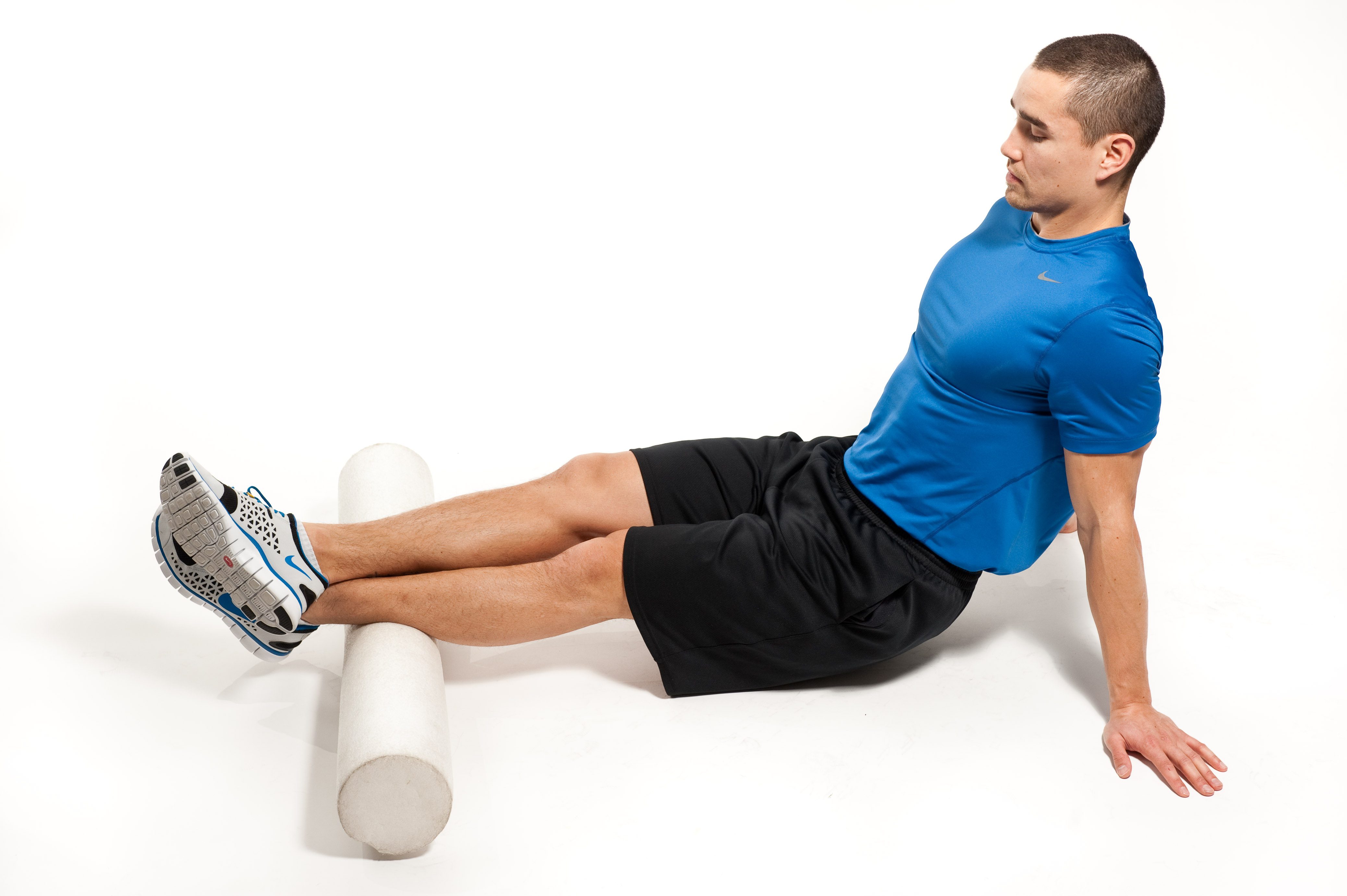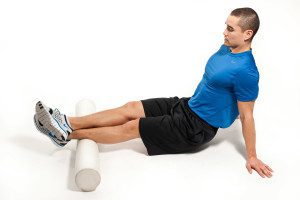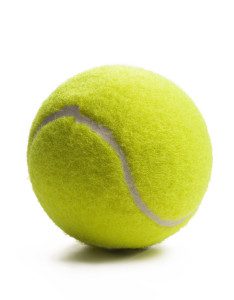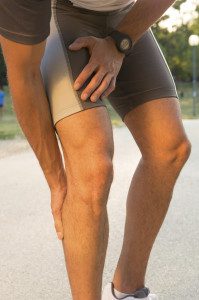Five Essential Foam Rolling Moves for Triathletes

 Feeling achy from all your training? Many triathletes are in the peak of their season right now and are likely feeling the effects of all their training. While getting a massage can be the obvious answer to relax tight muscles, foam rolling is an affordable and effective method that you can do in your home, at your office and while on vacation.
Feeling achy from all your training? Many triathletes are in the peak of their season right now and are likely feeling the effects of all their training. While getting a massage can be the obvious answer to relax tight muscles, foam rolling is an affordable and effective method that you can do in your home, at your office and while on vacation.
Foam rolling targets tight, over-worked muscles and when done correctly can successfully loosen muscle knots through self-myofascial release. Alisa Boulanger, a kinesiologist and swim coach from Toronto, recommends that all triathletes incorporate foam rolling into their daily training. “I encourage all my athletes to foam roll. It’s an important part of any workout routine. As a pre-warmup, it helps to limber up the muscles and increase blood circulation into the muscle tissue. You are then ready to start a dynamic stretch and warm-up session specifically for the discipline you plan to train in (swim, bike or run). Also, for cool down and recovery foam rolling will help your connective tissue recovery.”
A massage therapist uses pressure through their hands and elbows to release muscle tension. Foam rolling allows for the pressure of your own body weight to work through these same aches and pains. Foam rollers vary in shape, size and price. Beginners should choose a smooth roller at first. Those who are used to foam rolling or deep tissue massage may prefer a roller with a bumpier surface aimed at targeting specific areas. If possible, foam roll right after your workout for 15 to 20 minutes. Move slowly and hold still on specific spot for 30 seconds for best results. Here are the five best foam rolling moves for triathletes.
1) IT Band
IT band tightness is common in cyclists and runners. Lie on your side with either your legs stacked for maximum pressure or your upper leg relaxed with your foot on the ground. Place the roller at your hip and slowly roll down towards your knee. Moving slowly is important. Switch sides and repeat.
2) Glutes
These are one of the body’s largest muscles and are a major source of power for triathletes. Sit on your roller with your hands on the ground relaxed behind your body. To isolate specific areas of tension, start with one foot on the ground and the other leg bent with the foot resting above the knee. Put as much pressure as possible on the roller. For even greater results, use a tennis ball, or if you’re feeling really tough, a lacrosse ball, instead of the foam roller to target specific areas.
3) Lats
The lats are a major source of power in swimming and should not be neglected. Without putting too much pressure on your ribs, lie on your side with your bottom arm stretched out above your head. The lats run into the armpit area, so be sure that is the concentration of your rolling. Lift or lower your chest to make sure you cover the full lats. Repeat on other side.
4) Adductors
This is an important but usually forgotten area. The adductors (or inner thighs) can contribute to hamstring and IT Band problems if ignored. Lie face down and support yourself on your forearms. Position your inner thigh diagonally on the roller. To roll back and forth you may need to use your arms.
5) Calves
Running is notorious for causing tight calves. Support yourself on your hands with your back to the sky. Cross one calf
over the other and place the foam roller under your bottom calf. Most of your weight should be on that leg to maximize the pressure on the roller. Switch legs and repeat.


